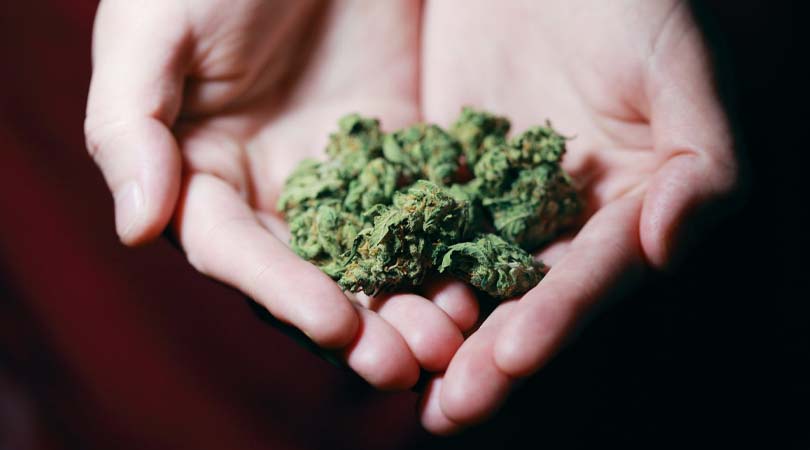Marijuana
What Does Weed Look Like?
Marijuana is cannabis with more than 0.3% THC. Generally, the terms marijuana and Cannabis are used interchangeably and have specific traits. So, what does weed look like? When people say marijuana, they mean cannabis products from dried flowers (buds), stems, leaves, seeds, etc., of the same cannabis plant.
Marijuana, i.e., weed, remains the most commonly used drug in the United States and Canada. Between 70-80 million people in the US have tried Cannabis at one time in their lives. That’s the equivalent of more than one-half of people in the US.
With such a large number of people trying weed, it’s clear that the plant has extraordinary appeal. It’s no wonder why it is legal in Canada. You can even get orders the same day from services such as Weed Delivery Vancouver. You can also find many other great options from websites such as BC Weed Delivery and Cannabis Ontario.
So, let’s dive into what’s so appealing about marijuana, specifically what quality weed looks and smells like, and how it affects you. As a bonus, I will cover some points on what THC does to your body.
Key Points
- A marijuana plant grows in many shades of green and can even have a hue of orange or purple.
- A weed plant has a flower bud, two types of leaves (fan and sugar leaves), and a stem, among other parts.
- When harvested, a weed plant is then cured/dried, and it may turn to a more intense green colour. Usually, there is also a thick layer of crystalline trichomes on buds.
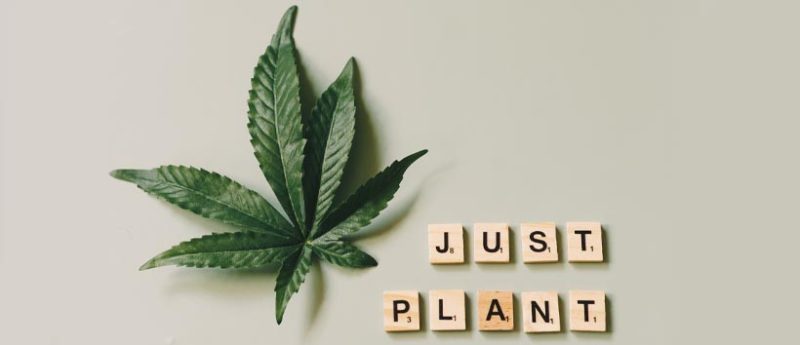
Let’s Start From the Top
Marijuana is commonly known by many names, including weed, pot, grass, plant, greens, or ganja. The cannabis plant is native to many areas worldwide.
So, what does weed look like? Better yet, what does good weed look like?
It varies in shades of green, from olive to emerald green, with shades of purple and sometimes even a bluish tint. The plant is covered in crystalline trichomes, which are tiny white hairs covering the entirety of the plant, particularly the leaves and stems.
In addition, marijuana produces flowers known as buds, which contain THC, the psychoactive cannabinoid responsible for the high you get when you smoke pot.
Cannabis Anatomy: From Bud to Stem
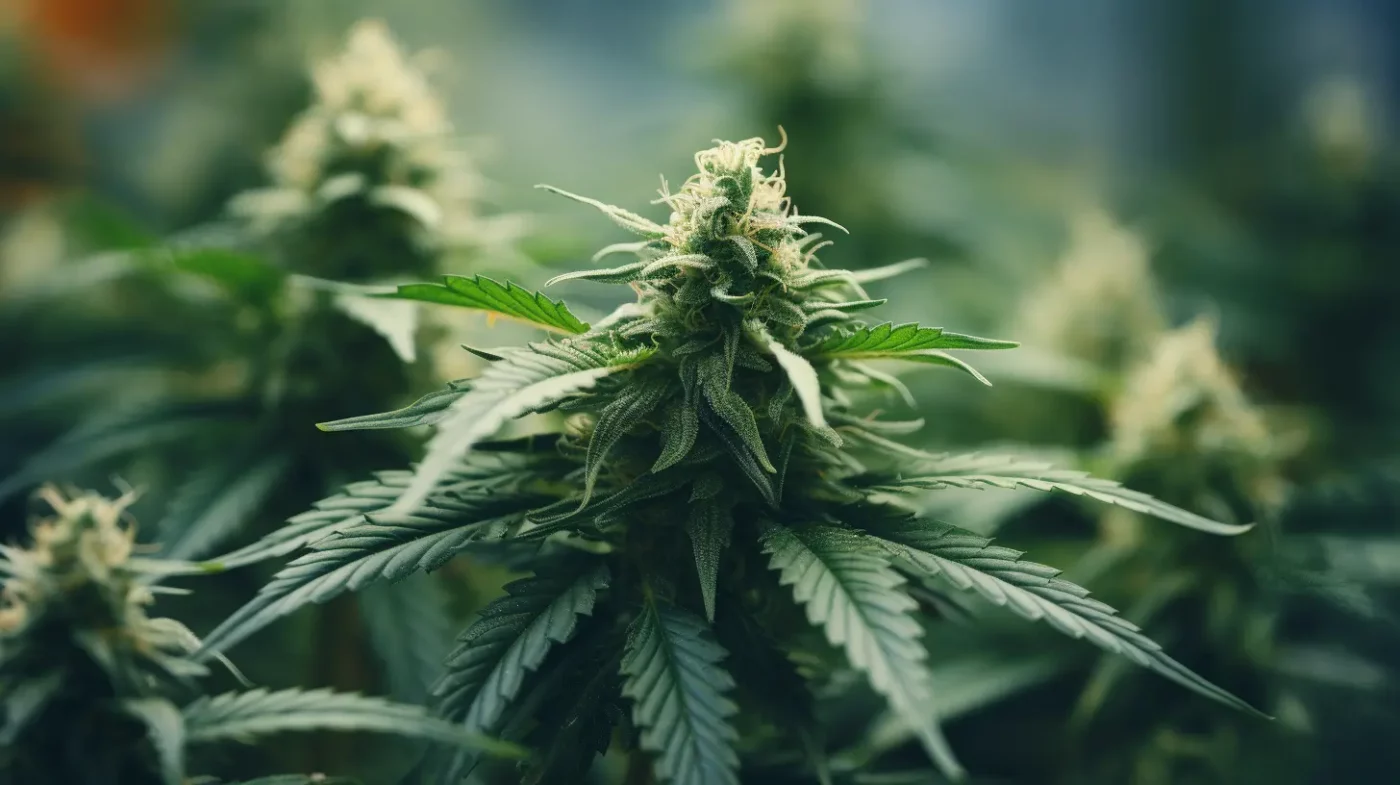
You may be asking yourself, “What does a marijuana plant look like?” I wouldn’t want to bore you with science, so I won’t be getting into specific details like roots and seeds. On the contrary, I will cover the three main parts of a cannabis plant: flower bud, leaves, and stem.
A weed flower bud is cone-shaped, green, covered in red hairs, and might be frosted with crystalline white or purple. Whenever you plant a seed, you want it to end up having a lush flower growing on top of the stem. Zooming in closely to a bud, you see a sophisticated cannabis cola of clustered sugar leaves, calyxes, and stigmas – all serving a purpose.
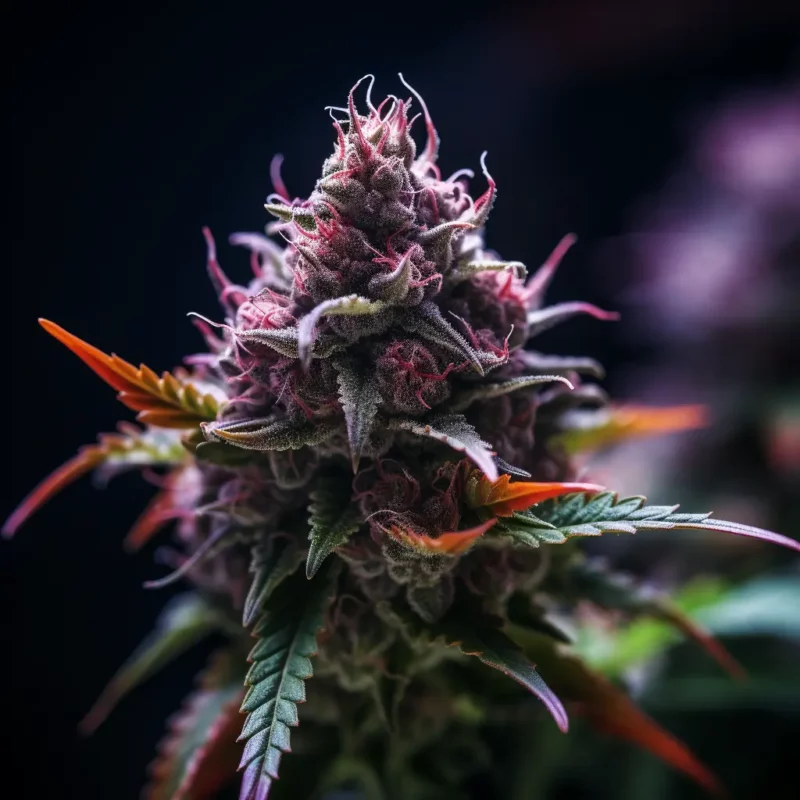
Marijuana flowers are everyone’s focus since they offer sought-after properties, which I will discuss later in this article. Although flower buds steal the spotlight, leaves rightfully deserve our attention, too.
The term “leaf” is too generic when talking about one of the most beautiful plants on the planet. Cannabis enthusiasts may be familiar with other terms for leaves, such as fan leaves and sugar leaves.
Fan leaves are large leaves growing on branches of cannabis. Apart from photosynthesis, they produce energy and absorb nutrients, so don’t cut them out! The number of leaves on one branch can also tell you what kind of plant you’re growing. For example, Sativa strains tend to have nine leaves on a branch, while Indica grows up to seven.
Sugar leaves are those tiny, spiky leaves on the flower bud. Their role is to protect the bud, so make sure to nurture your weed as you would your baby. Sugar leaves contain terpenes and cannabinoids to scare off pesticides that might dare to occupy the bud. Before drying the plant, you would normally trim the leaves to have a nicely shaped flower.
The final part of the plant is a stem. You wouldn’t believe it, but the stem also contains some traces of cannabinoids. Don’t dispose of stems. Instead, brew soothing tea, or make a concentrate out of them.
Before consuming marijuana, the plant must be thoroughly dried and cured. If you’re going to smoke, you need to know what marijuana looks like when it’s ready to be made into delicious edibles.
What Does Good Weed Look Like After It’s Cured?
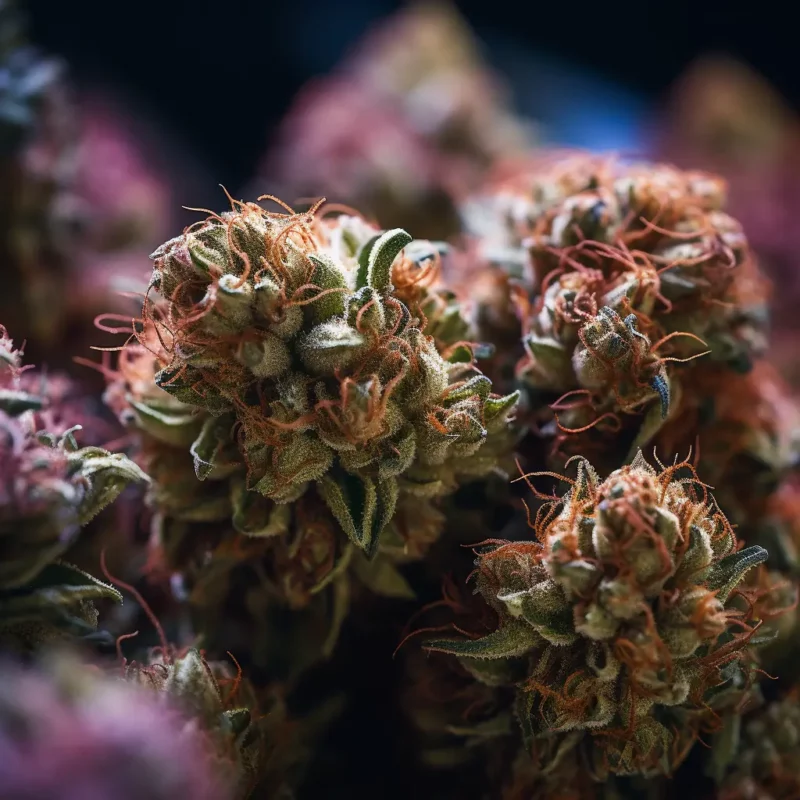
The final stage in transforming a freshly harvested marijuana plant into ready-to-smoke dried cannabis is the curing process. The curing process is an art, it requires patience, tools, and knowledge. It’s a step professional growers never skip because of the smoother and clearer smoke it gives the weed.
After the weed is cured, it needs to retain enough moisture to keep the buds and leaves sticky and slightly moist to the touch but not overly humid and not so dry that the plant is crumbly. What many growers desire to see is a thick layer of crystalline trichomes on flower buds.
To consume weed, the plant can be smoked, vaporized, cooked into cannabis edibles, or made into tinctures or THC oils that are taken orally.
While weed contains many cannabinoids, THC and CBD get the most attention. However, CBD, or cannabidiol, has gained in popularity due to its medicinal applications. It’s helpful for insomnia, migraines, PTSD, dermatitis, and epilepsy, and cannabidiol is the other essential compound found in cannabis plants.
THC vs. CBD: Yin and Yang of Cannabis Compounds
While many people often confuse CBD and THC, they have essential differences.
CBD is non-psychoactive, meaning it won’t get you high. Still, the cannabis community loves CBD because it calms the mind and treats many physical ailments. CBD is readily available at Canadian dispensaries and online shops.
Like CBD, THC has medicinal applications but does get you high. Because of this, many people prefer CBD. Likewise, THC is still illegal in many territories, though marijuana (and therefore THC) is legal for recreational and medicinal use in Canada.
What Does Weed Look Like When It’s Ready to Smoke?
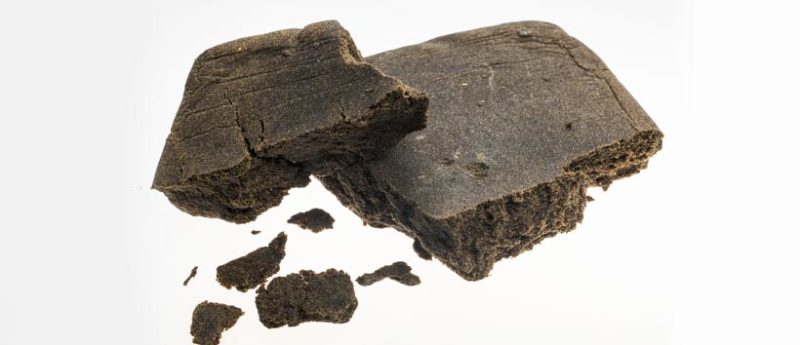
When ground or crumbled for smoking, cannabis looks like any other green herb.
However, what marijuana looks like when it’s hashish is different. Hashish comes from plant resin. It looks nothing like a regular weed product for smoking. On the contrary, it’s solid and has a dark brown hue, as depicted in the picture above.
What Does Marijuana Look Like When It’s Turned into Hash?
It is paste-like and takes on a brownish-to-black colour. You might start to wonder how you are supposed to smoke this brick of weed. The answer is quite simple. You just smoke it. Some of our clients shared with me that they like to mix in some tobacco.
What Does Weed Look Like in a Concentrate?
A weed concentrate is quite waxy and generally has the colour of honey. It can also be yellow, brown, rusty coloured, or amber.
There you have it; now you know what weed looks like.
In Conclusion
Weed can come in many different shapes and sizes and even in different variations of derivative products.
So, when someone asks you what weed looks like, it depends on whether they are talking about the buds themselves, the plants as a whole, or any of the products you can make with cannabis.
If you are still confused, visit Get Kush and find all the main types of cannabis products in Canada.
Frequently Asked Questions
What do weed plants look like?
It’s easy to spot a marijuana plant with its spiky leaves and very distinctive odor. Weed plants grow upwards and have a bulky flower bud on top of the stem that also contains its individual tiny sugar leaves.
You can recognize marijuana for its colour, which is primarily green, but you can also find plants that have a purple or orange hue.
What does marijuana look like when it’s high in CBD?
The number of leaf fingers can indicate what type of marijuana you’re growing. Unfortunately, there is no way to tell the amount of THC or CBD in the weed. In fact, it seems the same as a regular weed.
What does a marijuana leaf look like?
The short answer is it depends. Marijuana has two types of leaves: fan leaves located on the branches and sugar leaves protecting the flower bud.
Fan leaves can be either wide or thin and long. You would usually see them in a typical green colour, but their spike shape is what differentiates them from other plants.
The sugar leaves are tiny leaves that grow in clusters, and it can be hard to see all of them growing around the flower. Their colour may range from orange to even purple.
How long does weed stay in your system?
It depends on the individual. The length of time weed stays in your system will depend on the method of consumption, how much you smoked, your body weight, and your metabolism. Weed can be detected by a blood test for up to 36 hours after smoking. It shows up in the urine for up to 45 days for a heavy smoker, and a hair test can detect weed for up to 90 days.
What are the effects of marijuana?
Consuming weed affects your brain and body in various ways. Short-term effects can involve reduced attention span, limited short-term memory, and poor decision-making skills. Also, possible long-term effects include relaxation, laughter, feelings of euphoria, delayed reaction time, and increased appetite.
More Interesting Reads
The Guide to Glass Bongs, What to Look for When Buying a Cannabis Pipe, 30 Common Marijuana Questions & Answers
References
- Mattes RD, Shaw LM, Engelman K. Effects of cannabinoids (marijuana) on taste intensity and hedonic ratings and salivary flow of adults. Chem Senses. . 1994 Apr;19(2):125-40.
- Sommano S, Chittasupho, Ruksiriwanich W, and Jantrawut P. The Cannabis Terpenes. Molecules. 2020 Dec; 25(24): 5792.
- Baker, D. (2003, May). The therapeutic potential of cannabis. National Library of Medicine. National Center for Biotechnology Information. Available at: https://pubmed.ncbi.nlm.nih.gov/12849183/
- Atakan, Z. (2012, December 2). Cannabis, a complex plant: Different compounds and different effects on individuals. US National Library of Medicine National Institutes of Health. Available at: https://www.ncbi.nlm.nih.gov/pmc/articles/PMC3736954/
- Koguel C et al. Psychoactive constituents of Cannabis and their clinical implications: a systematic review. Adicciones. 2018 Apr 15;30(2):140-151.

